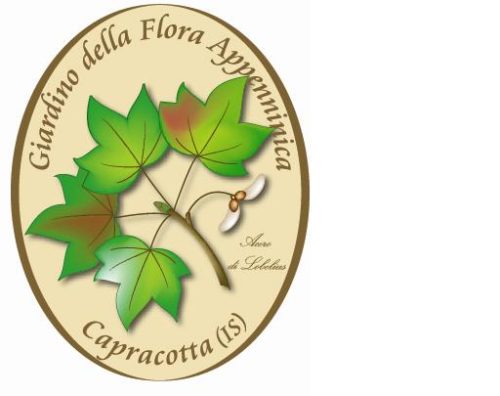Case Study
“Percorso dei sensi” – Path for disable people with aromatic plants to touch and smell – Botanical Garden of Capracotta, Italy
Contact name
Carmen Giancola
Institution name
Giardino della Flora Appenninica of Capracotta
Region & country
Molise Region - Italy
Summary
The aim of the project is to offer the possibility to visit the Botanical Garden according to principles of accessibility and inclusion planning of persons with sensorial and motor disorders. Along the path, there are three visual-tactile panels with a QR Code and a NFC tag, about the Botanical Garden and the main important tree species of mountain belt of central-southern Apennines. Moreover, there is four wooden planter with aromatic plants, that can be touched and smelled by the visitors to appreciate the morphological differences among the four species and the different scents. Nearby every wooden planter there’s a tactile panel describing the properties and the use of these official species.
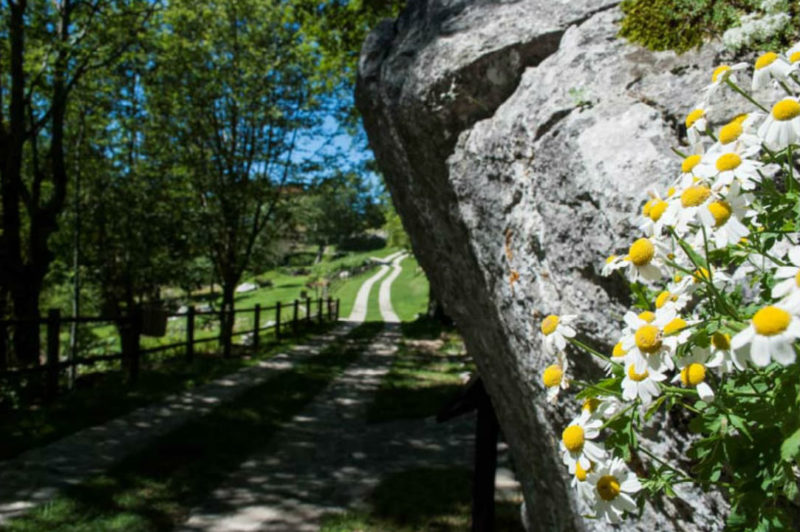
Botanical Garden of Capracotta, Molise Region
Photo by: Carmen Giancola
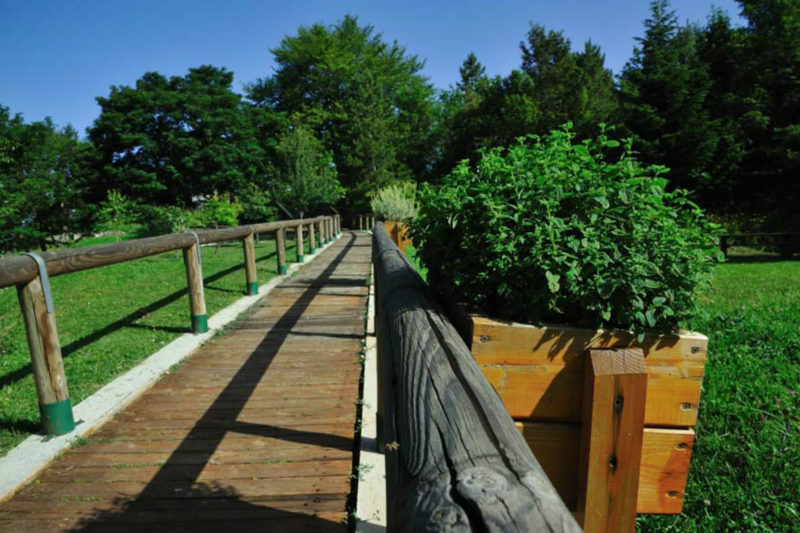
Walkway with aromatic plants for visitors with sensory and motor disorders
Photo by: Carmen Giancola
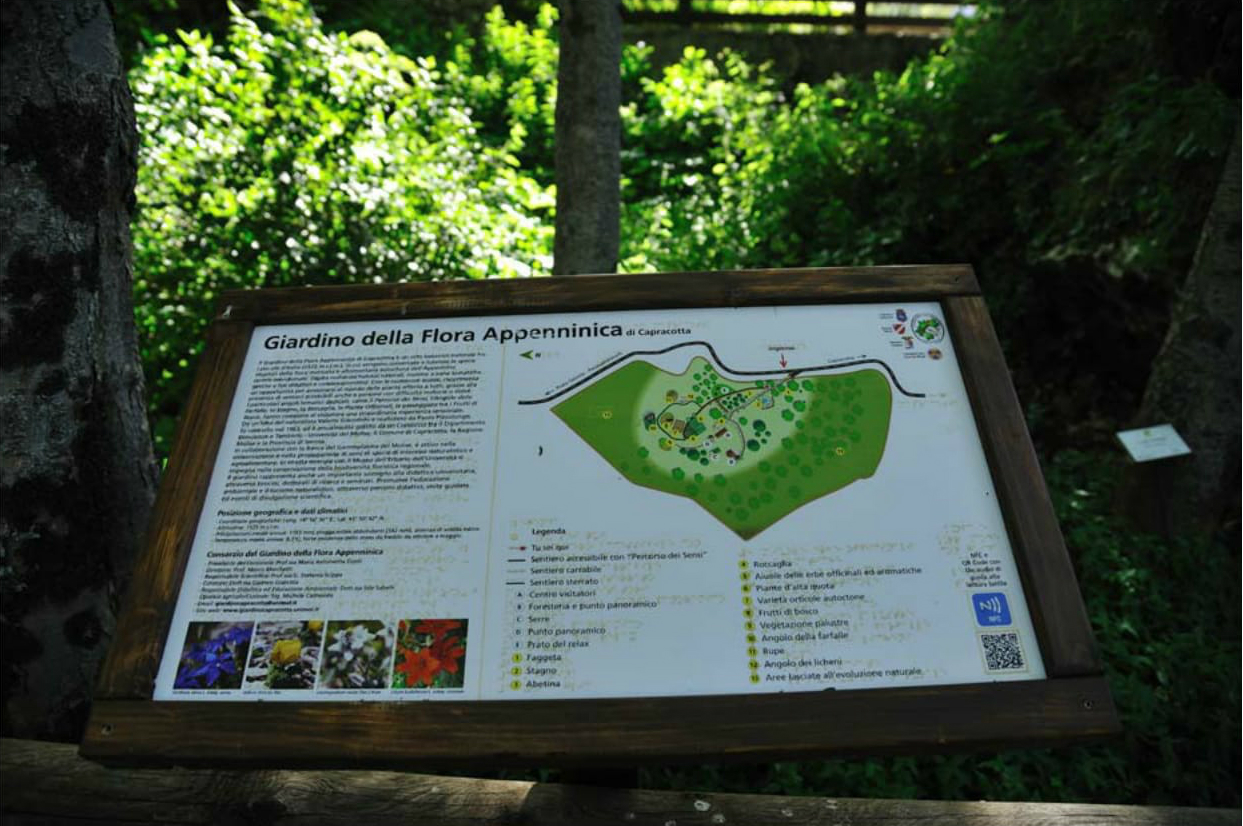
Tactile panel describing the properties and the use of the aromatic species
Photo by: Carmen Giancola
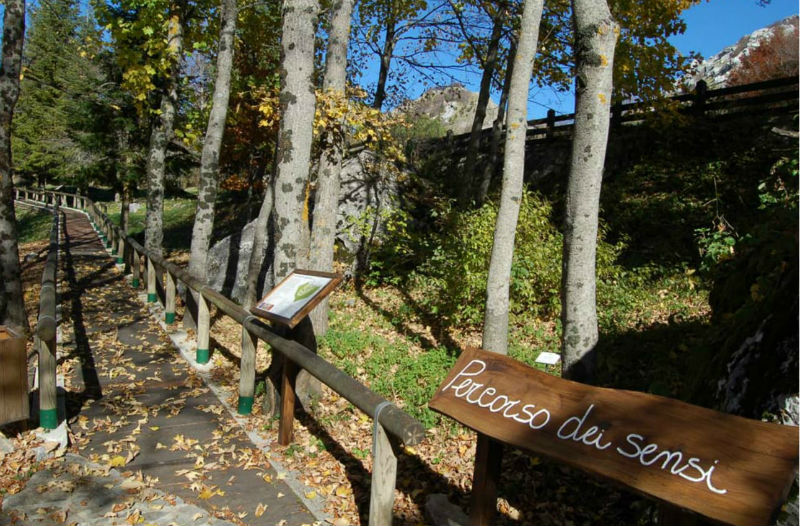
"Percorso dei sensi"
Photo by: Carmen Giancola
Background of the project
The “Percorso dei sensi” was, in any case, accessible for people with motor disorders, and there wasn’t any educational tool. So, it was just a path that leaded visitors from the entry to the centre of the Botanical Garden.
First, it was necessary to enhance the path with educational panels, but at the same time, it was important to give visitors the possibility of access the Botanical Garden habitats and flowerbeds, together with its information.
Solution and actions taken
The solution was to set up a financeable project about accessibility and inclusion planning for people with sensorial disorders.
We make an effort to find capital to support the project.
Other institutions or parties involved
We involved Sonia Ravera, a researcher from the University of Molise, who present the project in a financial call of MIUR (Ministero dell’Istruzione, dell’Università e della Ricerca – Ministry of Education, University and Research). The project was evaluated good and the funding for the execution of the project was obtained.
Results
The “Percorso dei Sensi” is really appreciated by all visitors and not only from those with sensory and motor disorders. Moreover, the project was mentioned many times by the Prefect of Isernia as a good example of a PEBA (Piano Eliminazione Barriere Architettoniche – Plan for Removal of Architectural Barriers). As a result, the Botanical Garden takes part of the Technical Advisory Group for accessibility and security in public areas.
Challenges
No particular difficulties were expereinced.
Lessons learned
With good will and passion for its own job, everything is possible!
Contact name
Carmen Giancola
Institution name
Giardino della Flora Appenninica of Capracotta
Website(s)
